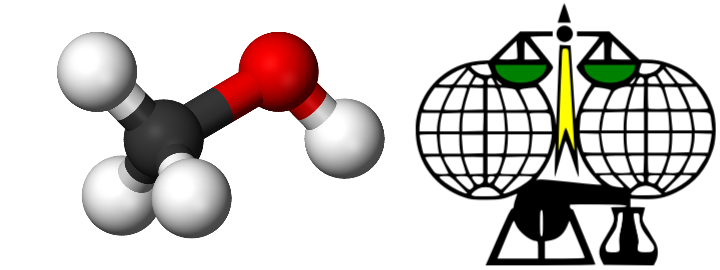When learning organic chemistry, one of the first topics presented is the naming of organic compounds. The International Union of Pure and Applied Chemistry (IUPAC) codified its recommendations in A Guide to IUPAC Nomenclature of Organic Compounds in 1900. Since then, it has been constantly revising its naming schema for both organic and inorganic compounds. Students of organic chemistry also learn the original nomenclature (“common” nomenclature) for some compounds and groups. First of all, what is the etymology of nomenclature?
Nomenclature
Origin: Latin, nomen (name) + culator (one who calls; from calare, to call)
A calling by name
The IUPAC, for one- and two-carbon alkyl substituents, kept the original nomenclature. For the three- and four-carbon alkyl substituents, they modified them slightly. The rest of the substituents have new standard names, but in many instances, especially in biochemistry, the original names are kept. A few of these names beg for an etymological breakdown.
-CH3; methyl
Origin: Greek, methu (wine) + hule (wood)
Wood spirits/wood alcohol; methanol is a byproduct when destructively distilling wood
-C2H5; ethyl
Origin: Latin, aether (upper air) + -yl (shorter form of hule)
Back-named from (diethyl) ether, for its very low boiling point
-C3H7; propyl
Origin: Greek, pro– (first) + pion (fat) + –yl
First fat, from Dumas’s observation that propionic/propanoic acid is smallest carboxylic acid to display the properties of other fatty acids
 Bonus: linoleic [Origin: Greek, linon (flax) + oleum (oil)]
Bonus: linoleic [Origin: Greek, linon (flax) + oleum (oil)]
-C4H9; butyl
Origin: Latin, butyrum (butter) + –yl
So named from the fact that rancid butter contains butyric/butanoic acid
-C5H11; pentyl
Origin: Latin, penta– (five) + -yl
Five carbons in the alkyl group
And starting with pentyl, the rest of the alkyl groups are named by Latin numbers. Sad…
